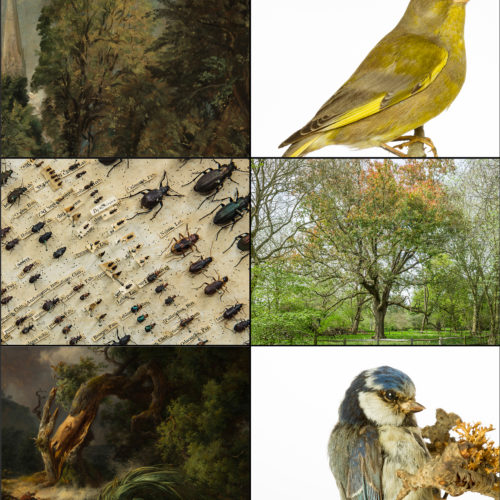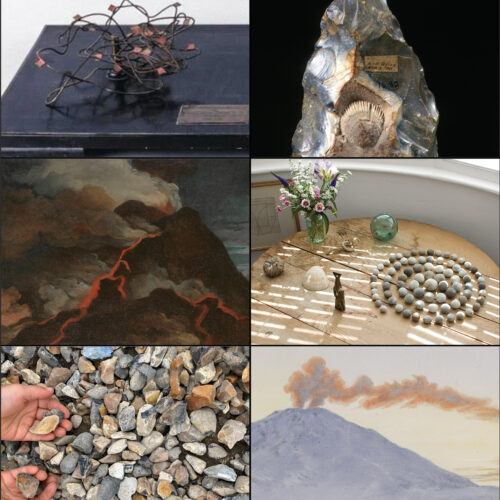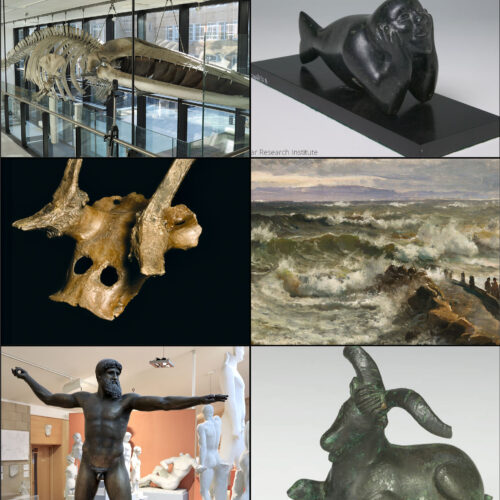The Fitzwilliam Museum works with Modern Languages PGCE students at the Faculty of Education, University of Cambridge, to support the embedding of museum and gallery collections in their teaching, using Content and Language Integrated Learning (CLIL).
Content and Language Integrated Learning (CLIL) describes a pedagogic approach in which the foreign language and a second subject area content are learnt in combination. Learners process and use the foreign language to gain new knowledge and skills in this other subject area. The overall aim of the project is to understand how CLIL may be used in an out of school context, considering ways of using resources that are not normally associated with foreign language teaching. As a result, it is hoped that trainee teachers and partnership school teachers will be inspired to engage with CLIL both within and outside the classroom in the future.
The development of these digital CLIL resources by University of Cambridge PGCE languages trainees in conjunction with the Fitzwilliam Museum will enable schools to engage with the approach from a distance. On this page you can download the resources the PGCE students created.
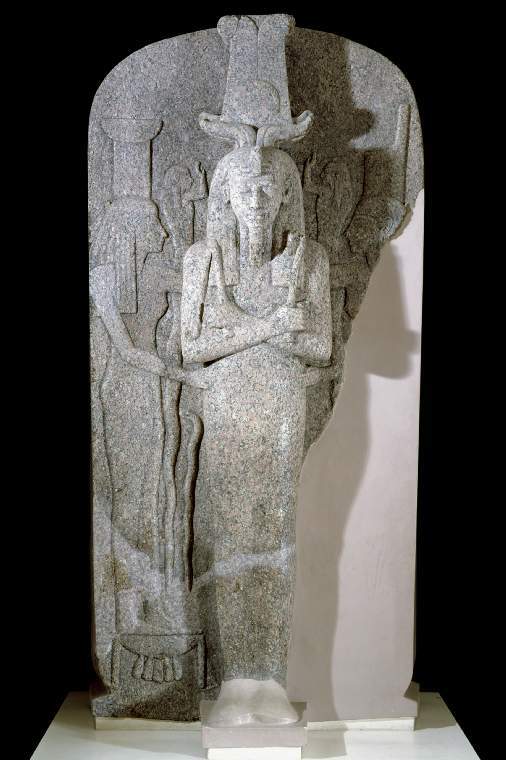
CLIL Project Teacher Notes – Ancient Egypt (Word document)
CLIL Project Teacher Notes – Ancient Egypt (PDF)
Ancient Egypt Student Booklet (Word document)
Ancient Egypt Student Booklet (PDF)
These resources were all created by ML PGCE students from the Faculty of Education at the University of Cambridge.
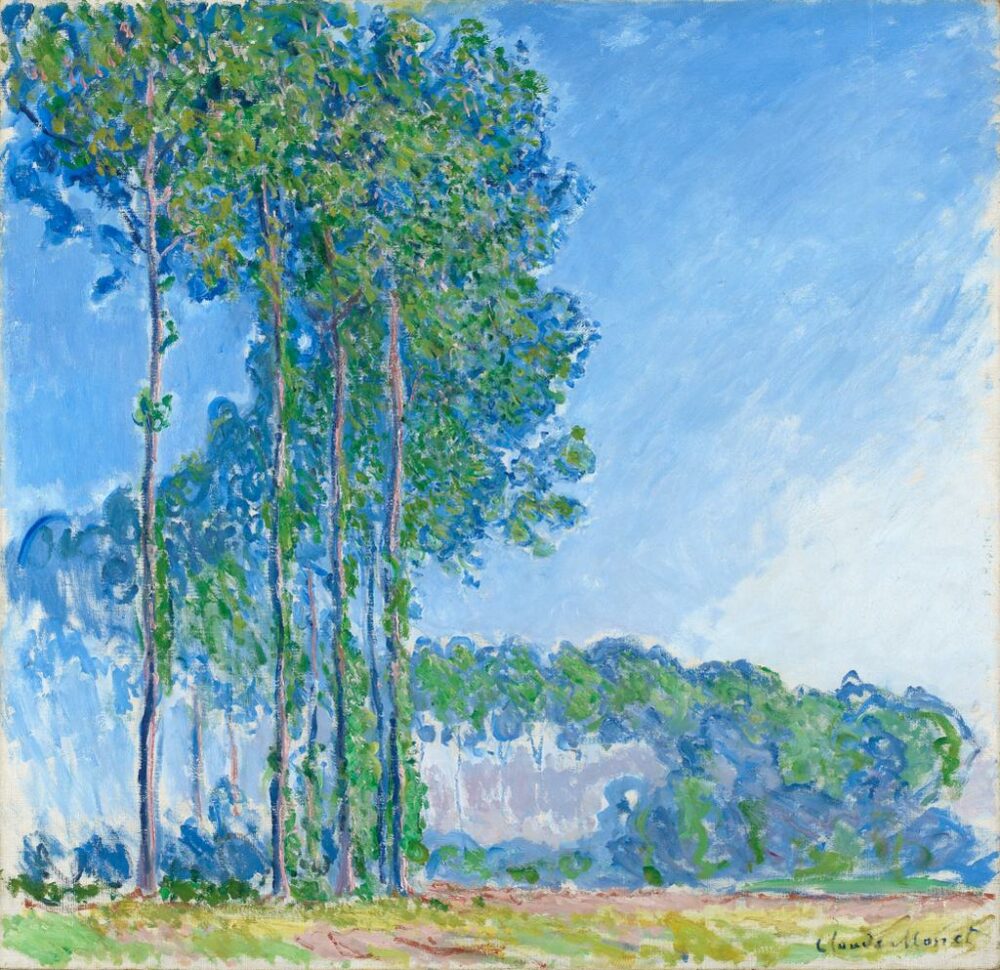
CLIL Impressionist Paintings Lesson plan
CLIL Impressionist Paintings Student Handout
CLIL Impressionist Paintings Teacher Answer sheet
These resources were all created by ML PGCE students from the Faculty of Education at the University of Cambridge.
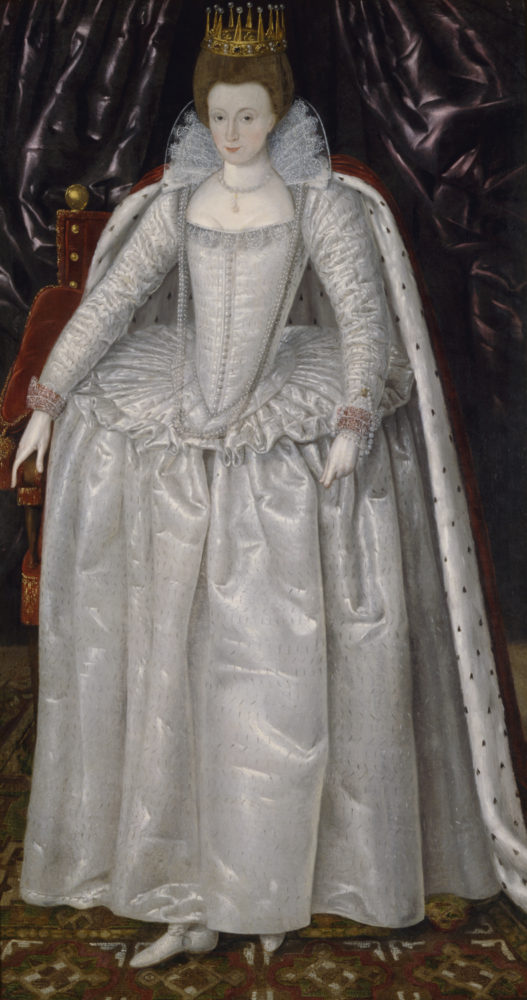
CLIL Portraits – Teacher’s Notes
CLIL Portraits – Student Handout – Travail écrit
These resources were all created by ML PGCE students from the Faculty of Education at the University of Cambridge.
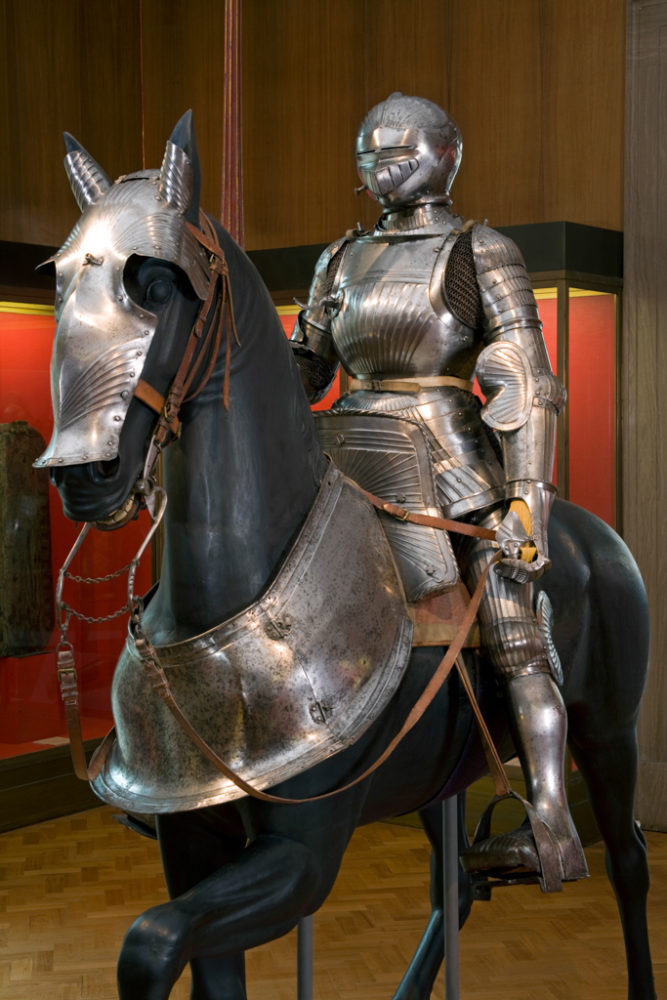
Horse armour: M.11-13-1947. Peytral, shaffron, and saddle with steels and stirrups, for heavy cavalry use. Decorated with fluting in the ‘Maximilian’ fashion.
These resources were all created by ML PGCE students from the Faculty of Education at the University of Cambridge.
